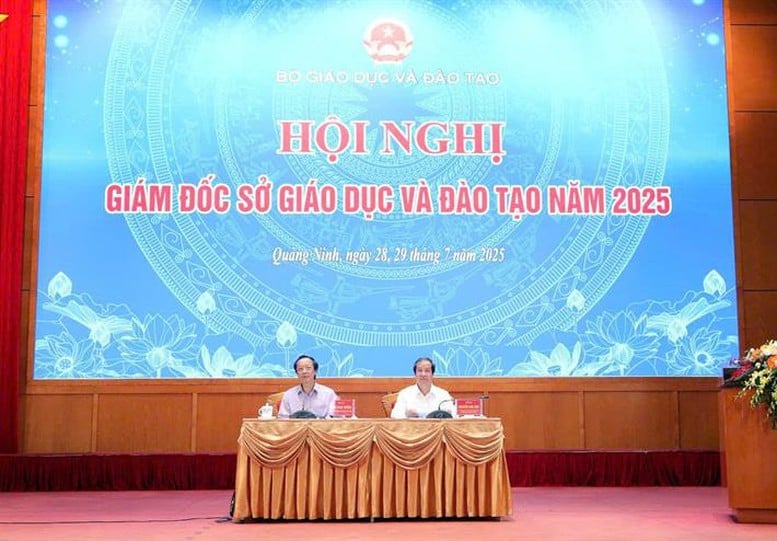
Movements from local practices
Speaking at the conference, Director of the Ho Chi Minh City Department of Education and Training Nguyen Van Hieu shared many experiences in organizing and managing education after the administrative boundary merger. With more than 2.6 million students, Ho Chi Minh City has divided them into 16 specialized clusters according to wards and communes for easier management. The goal of building 300 classrooms/10,000 school-age population continues to be promoted to reduce class sizes. The city also pioneered the application of GIS maps in enrollment, helping to arrange primary school students according to the distance from home to school, contributing to reducing pressure on urban traffic.
From a locality with many difficulties, Director of the Department of Education and Training of Dak Lak province, Le Thi Thanh Xuan, proposed that the Ministry of Education and Training continue to direct and support localities in assessing resources and organizing training for staff, especially commune-level civil servants, to meet the requirements of educational management in the two-level local government model.

Meanwhile, Hanoi – a rapidly urbanizing locality – has built 43 new schools in the 2024-2025 school year, initially responding to the overload situation. Director of the Hanoi Department of Education and Training Tran The Cuong also proposed to soon have specific guidelines on pedagogical practice as a basis for teacher recruitment; at the same time, he recommended adjusting the salary scale and grades so that teachers can live on their salaries – one of the core goals of the Law on Teachers that is being developed.
Regarding teacher training, the Principal of Hanoi National University of Education, Nguyen Duc Son, said: the school has surveyed and evaluated the implementation of the 2018 General Education Program to make appropriate adjustments. At the same time, it regularly organizes training courses on difficult content, new issues and especially STEM education - to develop a team of teachers to meet the requirements of innovation.
Many problems need to be further resolved.
According to the conference report, the country currently has 618,284 public preschool and primary school classrooms, of which 554,142 are solid classrooms, reaching a rate of 89.6%. However, there are still about 35,000 preschool and primary school classrooms lacking to meet the requirements of studying 2 sessions/day and the number of students/class according to regulations. In particular, there are still 6,477 borrowed classrooms - mainly in remote areas, areas with special economic difficulties.
In addition, the Ministry of Education and Training is focusing on completing legal and administrative work. Head of the Legal Department Mai Thi Anh said: The Ministry has issued or consulted many documents to strengthen decentralization and delegation of power; established a hotline to answer difficulties and problems from the grassroots; issued a Circular clearly defining the functions and tasks of the Department of Education and Training and specialized departments at the commune and ward levels.
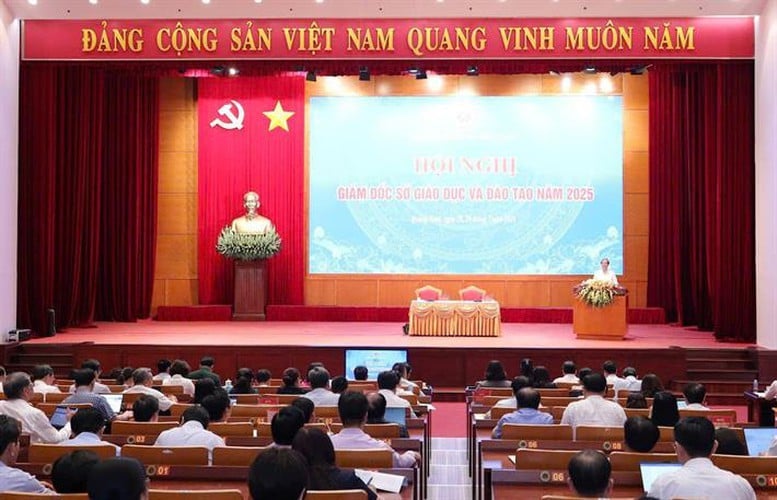
Minister Nguyen Kim Son: "Change management" is a vital factor
Concluding the conference, Minister Nguyen Kim Son assessed: this is a conference of the "generals" of the education sector, held at a special time - just ending a school year, preparing for the new school year, in the context of arranging the organization and operating the two-level government model.
According to the Minister, the education sector has recently carried out many big and difficult tasks: continuing to implement the 2018 General Education Program, successfully organizing the high school graduation exam in the new context, issuing Circular 29 regulating extra teaching and learning... "This is not only adjusting an activity but also changing the mindset and educational style. It must be done regularly, not half-heartedly", he emphasized.
In the face of the fact that some departments of education and training have changed personnel after merging administrative boundaries, the Minister especially noted: "change management" must be done well. Otherwise, it will affect many important programs. "Education is a model for society. Therefore, we need to sincerely, sincerely share and unite to maintain trust and motivation," said the Minister.
The Minister also suggested that localities need to proactively grasp the institutional contents related to the upcoming amendments to four major laws (Law on Teachers, Law on Education, Law on Higher Education, Law on Vocational Education), as well as new resolutions on tuition exemption, universal preschool education for 3-5 year olds, etc.

“Deployment” – the keyword of the new school year
According to the Minister, the 2025-2026 school year will be the year of “implementing” many major educational policies – from evaluating the first cycle of the 2018 General Education Program to building 248 schools for border communes. “This is a political task that needs to be done quickly, well, and practically. Schools must be close to students and meet the minimum requirements to ensure quality,” the Minister requested.
Regarding STEM education, he noted: it is necessary to understand the true nature of the method - a way of using knowledge to solve problems in learning and life, not simply equipping robots or a few laboratories. "We must have such an educational mindset to give students real learning opportunities. Otherwise, it is just a waste of money and meaningless."
Regarding educational equity, the Minister said that uneven investment in public schools can also create educational injustice. “Talent needs special investment, but it must be accompanied by equity,” he emphasized.
Towards the 80th anniversary of the establishment of the Ministry of National Education next September, the Minister suggested that the entire sector organize economical, simple but effective activities, combined with the opening ceremony of the new school year - an "opening" for a new development stage of national education.
Source: https://baolangson.vn/trien-khai-nhieu-quyet-sach-lon-ve-giao-duc-trong-nam-hoc-moi-bo-truong-gd-dt-quan-triet-lam-nhanh-lam-tot-5054624.html


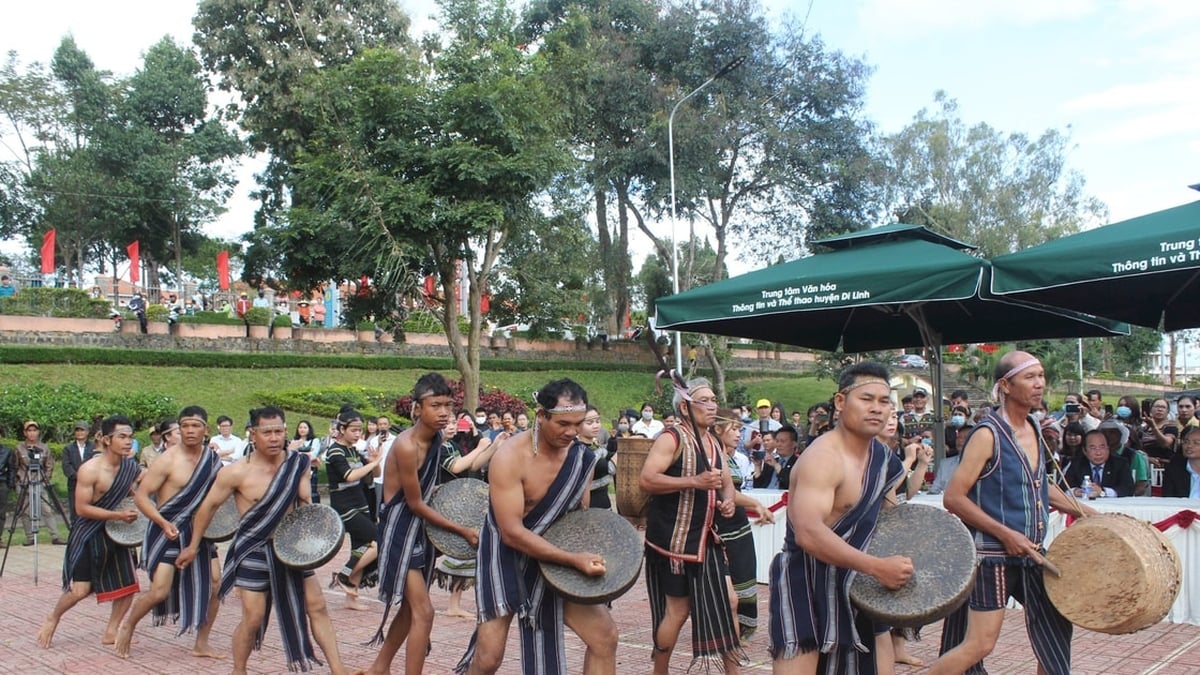
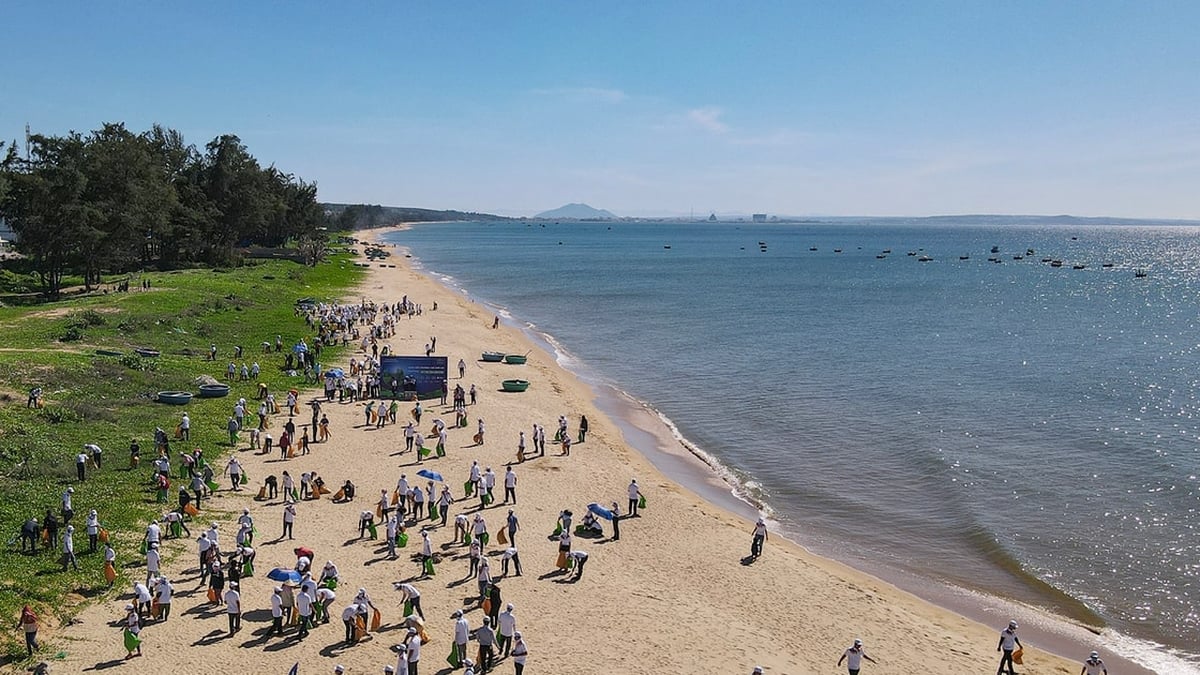
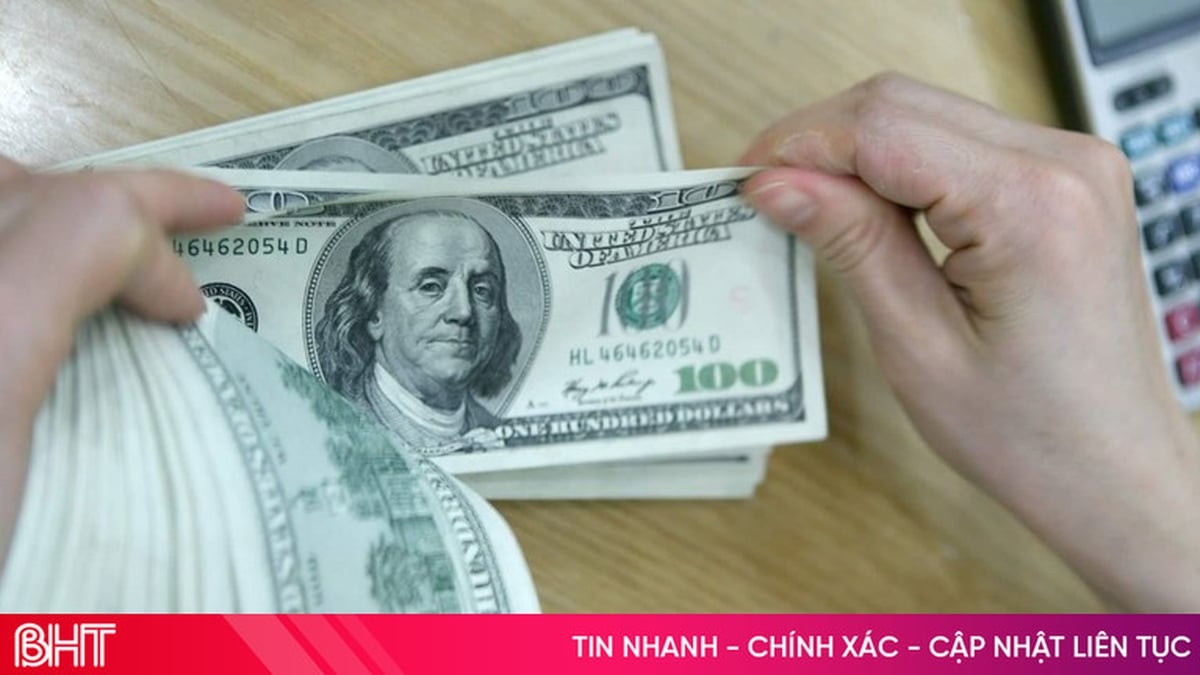
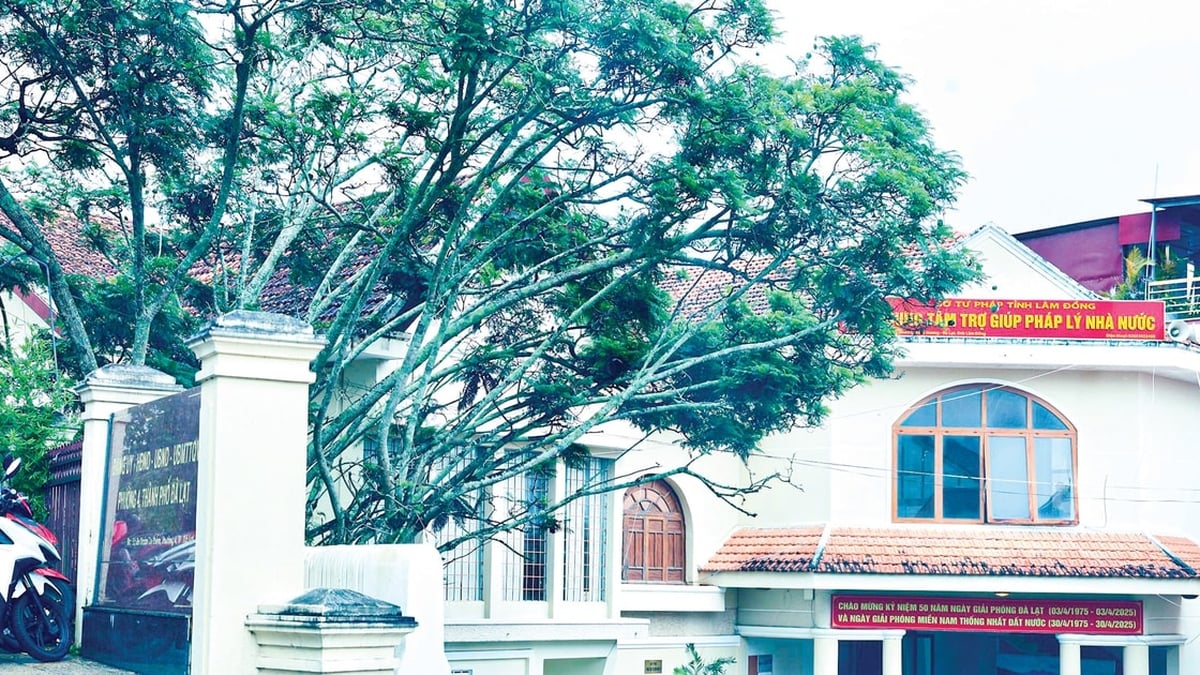
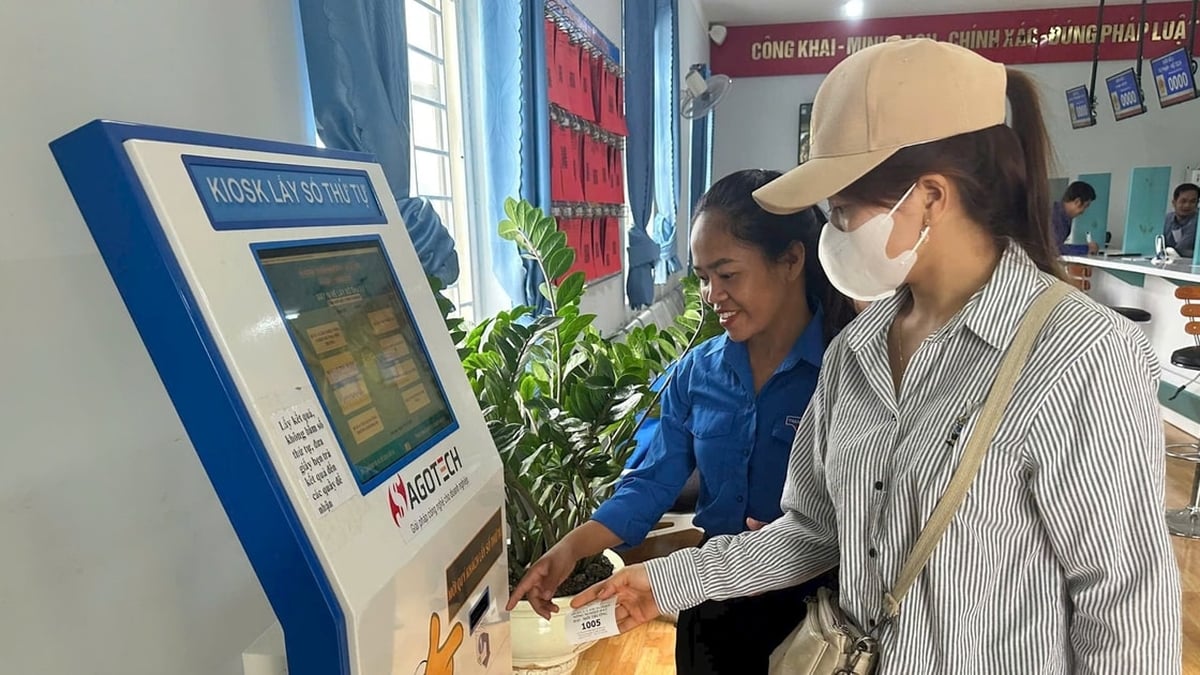
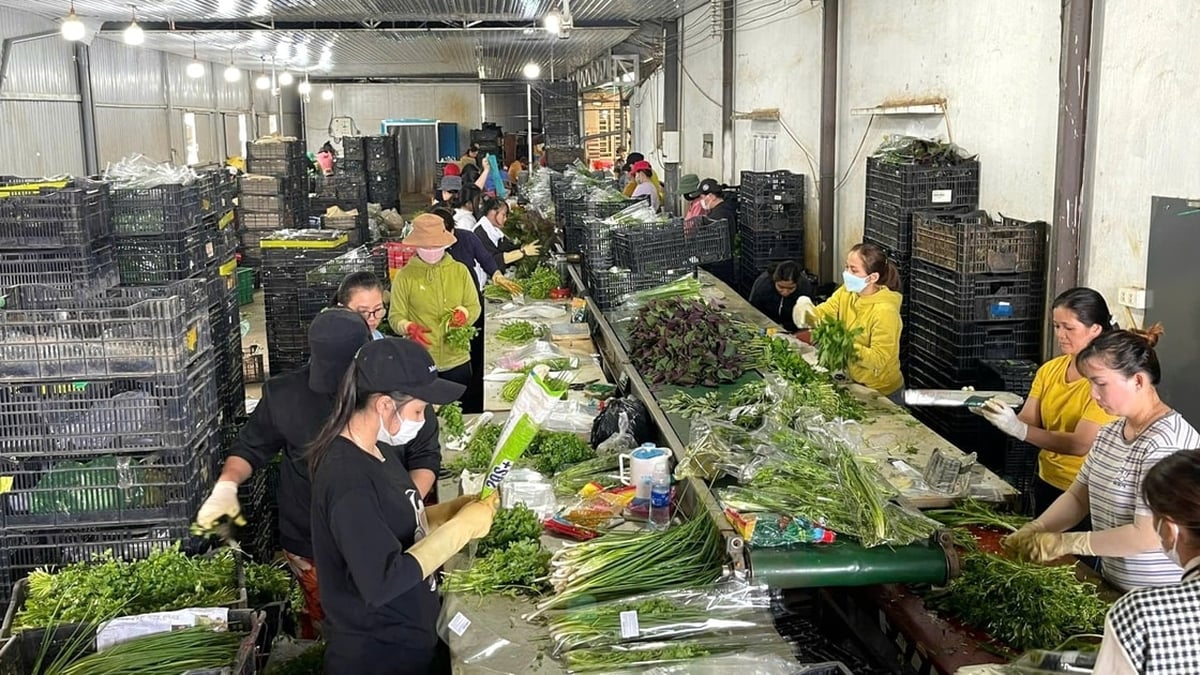
































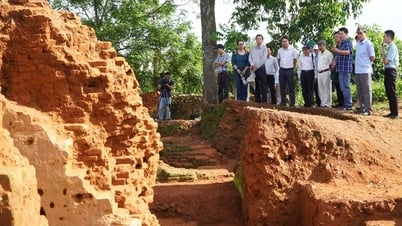






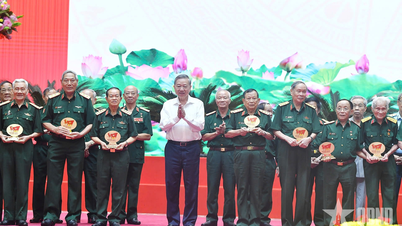



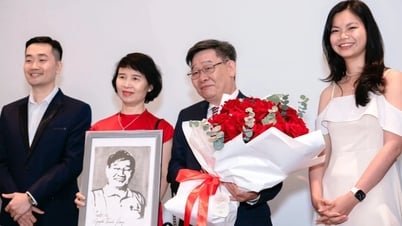




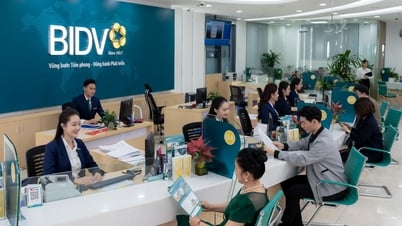








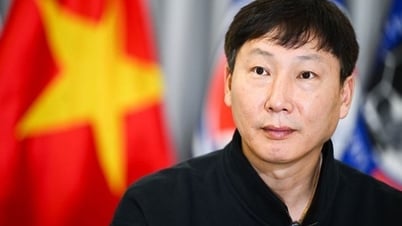











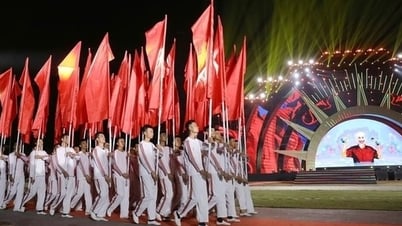























Comment (0)